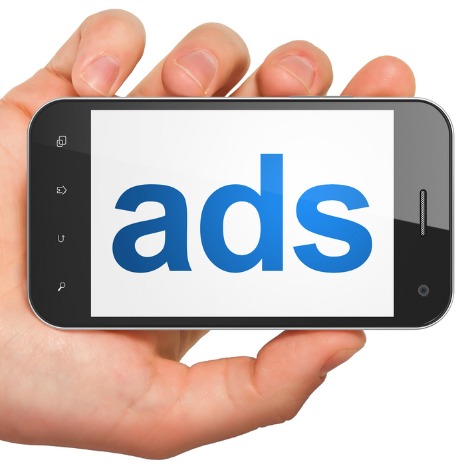It’s no secret, mobile has become big business. Smartphone and tablet sales are through the roof. Media consumption habits are changing and the time spent consuming digital media is on pace with traditional media like TV. In fact, one study even found more people globally own mobile devices than own toothbrushes. The sheer massive penetration and popularity of mobile devices make it an ideal platform for advertising and promoting products, or is it?
Ad Spend vs. Media Consumption
While it might seem as the though the growth of mobile and digital media buying would mean a boon, ad spend for mobile is increasing very slowly. Marketer’s adoption of mobile advertising is considerably lower than media consumption time spent data dictates it should be. Last year’s annual Digital Trends study by Internet Analyst Mary Meeker of the firm Kleiner Perkins Caufield Byers findings confirm that:
- Mobile made up 20% of the time spent on media consumption it accounts for only 4% of ad spend.
- Nineteen percent of marketing budgets go to print advertising even though it accounts for only 5% of media consumption time.
- Internet is the platform most on par with its media consumption with 26% of time spent and 22% of digital media buying spend.
Challenges to Buying Mobile Ads
Mobile offers great possibilities, but it isn’t without its challenges. This may lend to some of the hesitation some marketers have had with fully adopting the platform or investing a lot of money.
- Measurability: Unlike PCs and desktop computers, mobile devices can’t be tracked with cookies, so analytics data may be slightly less reliable.
Marketers can however opt for alternate measurement methods for gauging the effectiveness of their advertising including click-throughs and hits to the site. These are slightly less reliable but offer some analytic options for measuring your mobile advertising effectiveness.
- Reliability of results: Accidental clicks can happen with all touchscreen digital advertising, but the small screens on smartphones combined with large fingers increases these occurrences and can skew mobile ad results.
Test your ads before releasing them. If your tests find there are a lot of accidental clicks consider reworking your creative. Consider tablet advertising or the largest sized smartphone ad options. Also, t’s a good idea to add a margin of error cushion in your analytics to account for accidental clicks.
- Newness: Relatively speaking, mobile is still the new kid on the block. Marketers, particularly those with smaller budgets, are less willing to invest largely in a platform without knowing it can really be profitable.
Recommendation: Test it out with a small ad buy. Increase your ad buy if you see good results.
Benefits of Buying Mobile Ads
Despite the above challenges, there are still good reasons to consider advertising on mobile devices that may outweigh them.
Low Cost: For one thing, they are among the most cost-effective ad buys, digital or traditional. This may have to do with the lack of tracking and because the ads are considerably smaller than they are on a desktop. But the low cost make it a great place to experiment and test inexpensively.
Large Audience: Mobile web usage accounts for one-fourth of all web usage, almost double what it was last year.
Continued Growth: While areas of digital media are beginning to plateau, mobile continues to grow and so do the opportunities for marketers.
Considering adding a mobile ad buy to your upcoming media plan. Have additional questions? Contact Capitol Media Solutions and let our team of media planners customize a digital media strategy for your company.

